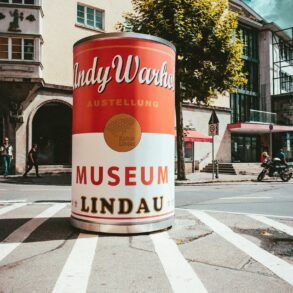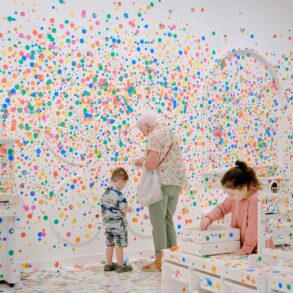On the first Saturday in March, hundreds of people came to the de la Cruz Collection in Miami to attend a memorial service for its founder, the revered art patron and philanthropist Rosa de la Cruz, who had died a week earlier at her Key Biscayne home at the age of 81. Real estate developer Craig Robins gave a speech. Fellow collectors Mera and Don Rubell brought a cheesecake.
The 30,000-square-foot private museum that de la Cruz established in the Design District was, as usual, displaying works by a who’s who of contemporary artists that she amassed over two decades with her husband, Carlos. There were massive spray paintings and an 18-foot-tall ceramic sculpture by Sterling Ruby, a string of lights by Felix Gonzalez-Torres, and a six-part, black-and-white painting by Wade Guyton that was originally commissioned by the Museum of Contemporary Art in Los Angeles.
Most people present that day didn’t realize that the tribute to de la Cruz’s legacy would be the last public gathering at the celebrated institution.
The de la Cruz Collection is now closed, and its treasures are heading to the auction block, the Art Detective can reveal. The building is likely to be sold, too. Will it turn into another Chanel boutique? Could it become part of the Institute of Contemporary Art, Miami, which is next door?
My calls and emails to the de la Cruz Collection went unanswered. Alex Gartenfeld, the ICA’s artistic director, said that he doesn’t know the family’s plans for the building.
The closure marks the end of an era for all of us who have come to expect to see the latest art in that sleek white building every December, as Art Basel Miami Beach runs on the other side of Biscayne Bay.

Installation view of “There Is Always One Direction” at the de la Cruz Collection, with Sterling Ruby’s 18-foot-tall sculpture. Photo courtesy of the de la Cruz Collection, Miami.
Since it opened in 2009, the de la Cruz Collection has been a required stop for thousands of Basel goers. But at its start, the couple were the new kids on the block, joining other significant collectors with exhibition spaces in the city’s rapidly developing art scene, like the Rubells, Marty Margulies, and Ella Fontanals-Cisneros.
“The de la Cruzes have been some of our greatest art patrons,” the Miami collector and filmmaker Dennis Scholl said. “They helped change the face of Miami and make it an international cultural destination.”
The de la Cruz Collection was propelled by Rosa’s passion for art and Carlos’s financing, which came from a $1 billion beverage-distribution empire. The couple had fled to the U.S. after Fidel Castro came to power, settling in Florida in 1975.
Their influence in the art world grew as they supported artists and galleries. They paid for high school students to see art in Europe and New York, and created local jobs through their museum. They were considered art-world royalty and got preferential treatment and huge discounts from some dealers. Many of the artists they championed rose in value and acclaim.
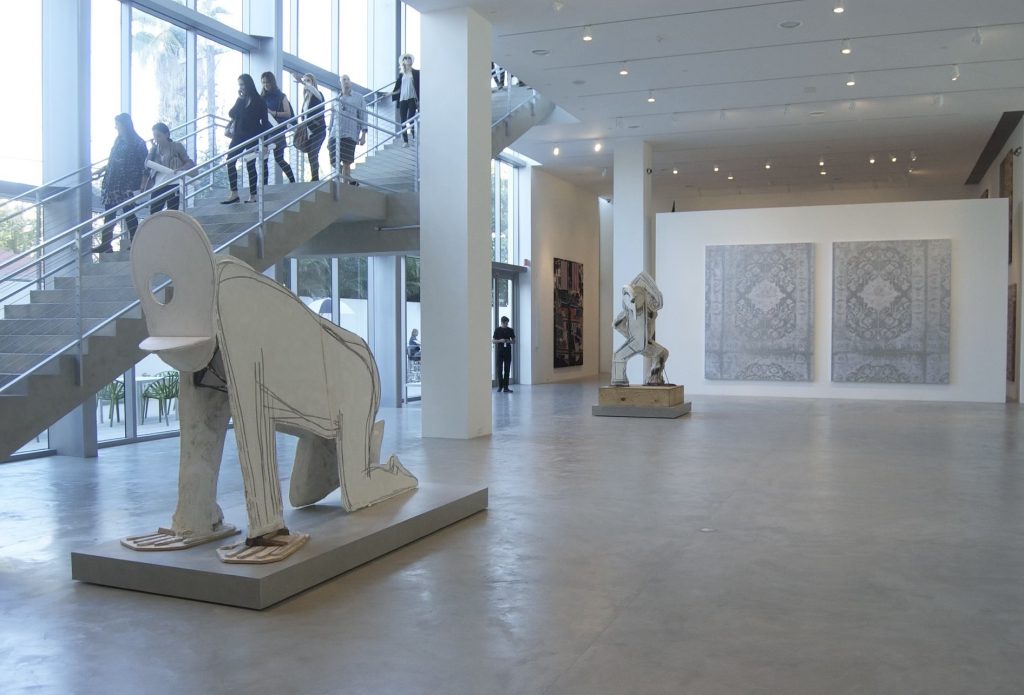
Works by Thomas Houseago and Rudolf Stingel at the de la Cruz Collection in Miami. Photo by Andrew Russeth.
It was easy to forget that what came to be seen as “an institution” was essentially the passion project of a single individual—who has now passed away.
And so it has come to this: the trophy artworks that were Rosa de la Cruz’s pride and joy are heading to auction.
Yesterday, Christie’s confirmed that it has been selected to sell the bulk of the Rosa de la Cruz collection. Estimated at more than $30 million, the trove will include lots priced as low as $5,000 and as high as $5 million, according to Alex Rotter, chairman of the auction house’s department for 20th- and 21st-century art.
The timing is not great. The art market has contracted in the past year, and resale values for some artists in the collection have plummeted. A decade ago, the overall value of the de la Cruz collection likely exceeded $100 million, market observers said.
The family has been selling art—systematically, quietly, and anonymously—for about a year, according to people familiar with those transactions. I happened upon one such sale this month.
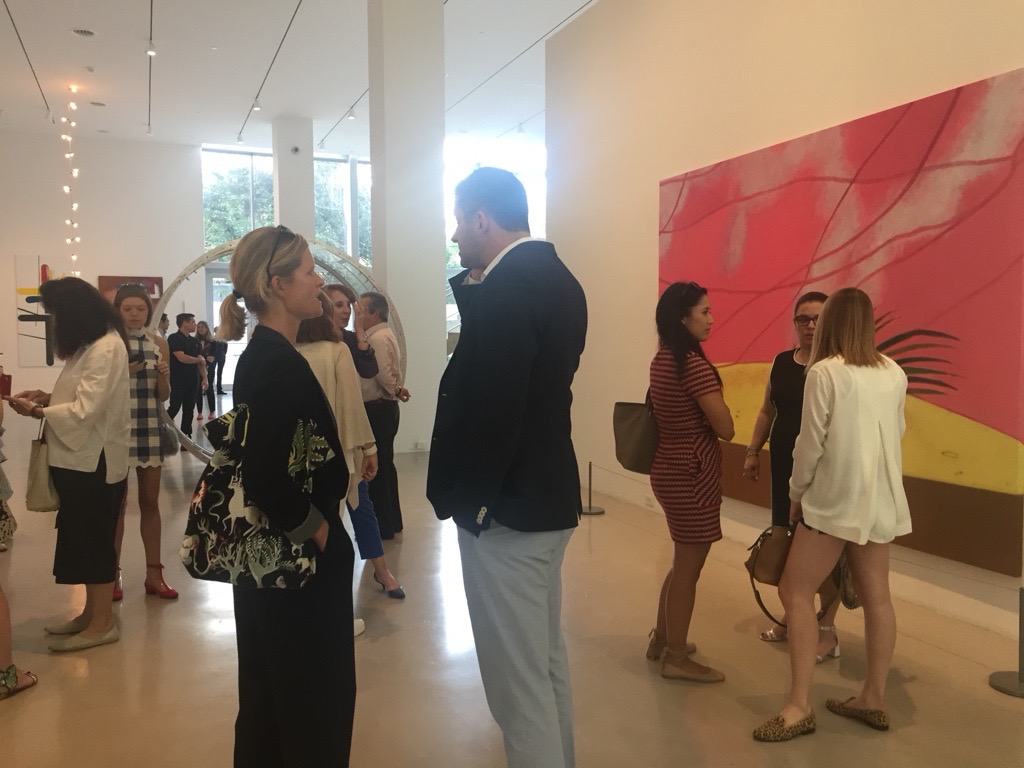
Dan Colen’s painting Vengeance (2015), right, at the de la Cruz Collection in Miami during Art Basel Miami Beach in 2017. Photo: Katya Kazakina
Dan Colen’s painting Vengeance (2015) fetched $13,000 at Sotheby’s on March 1, a tiny fraction of its $450,000 price nine years earlier. I saw the result as part of a liquidity crunch in the art market, which I wrote about last week.
Digging further, I learned that another Colen painting, A Hot Day for a Hanging (2015–16), which used to hang across from Vengeance at the museum, fetched $19,500 at Phillips in December. Sotheby’s also got a bunch of art from the family, offering some of it privately and some at lower-value auctions. Its executives have told clients that more is coming this season.
While it is not immediately clear why the collection is being sold, people who know the family said the move is part of their estate planning. Rosa is survived by her husband, five children, 17 grandchildren, and six great-grandchildren.
“For the last 10 years Carlos has told me, ‘We are going to sell the art,’” said one person who knows the family well through art and philanthropy circles. “What’s surprising to me is that it happened so fast. It was her life.”
Rosa had telegraphed her willingness to sell, telling the New York Times in 2009, “Every collector needs to realize you can’t take it with you. The works will either go to an institution, which might not be able to show them; to your kids, who might not want them; or to an auction house.”
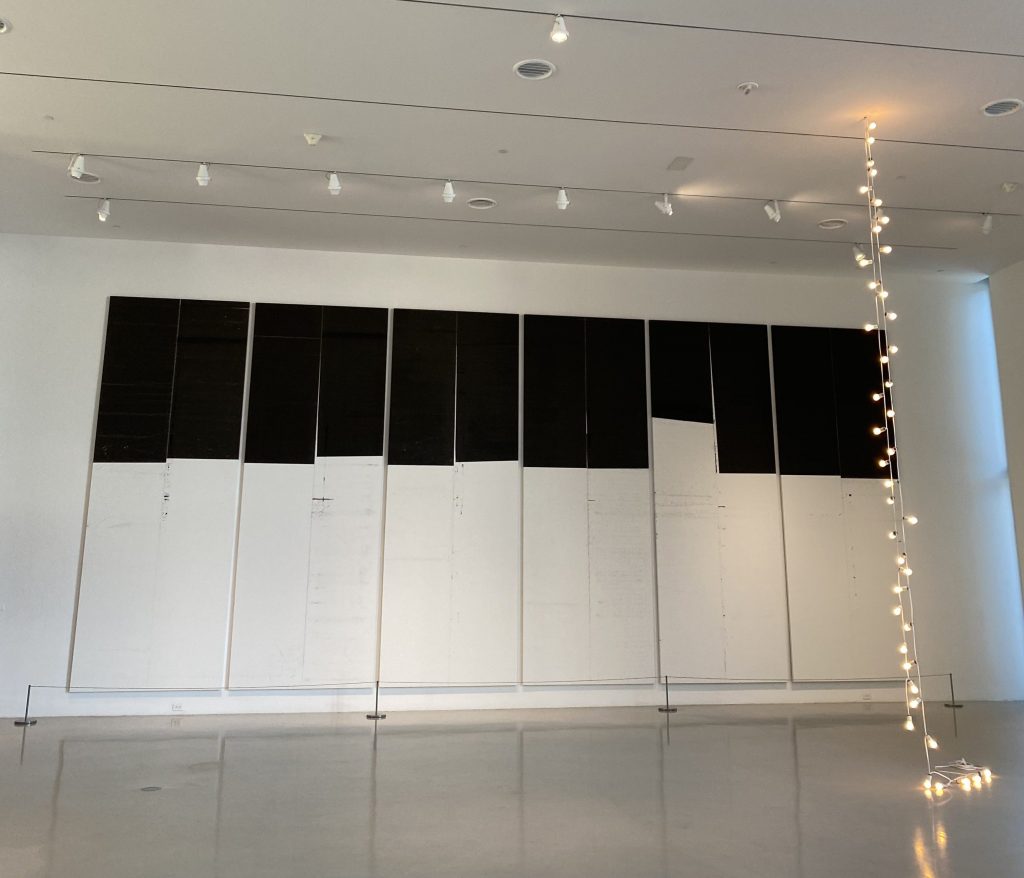
Wade Guyton and Felix Gonzalez-Torres at the de la Cruz collection. Photo by Nate Freeman.
Few details of the Christie’s sale are available, for now. The collection includes more than 1,000 works, and the auction house and the de la Cruz family are still determining the best strategy amid the tough market conditions.
The collection’s depth presents another challenge. Christie’s can’t sell multiple examples by artists all at once, since that could flood the market and depress the final prices. As a result, it will offer the works over time, starting with the bellwether May auctions in New York.
Rosa “documented the 21st century from a very global and focused lens,” said Isabella Lauria, head of Christie’s 21st Century evening sale. “She wasn’t afraid to collect works that at the time dealt with gender, identity, politics. That positioned her as a real tastemaker and leader.”
That’s the narrative Christie’s plans to develop in what its executives have informally dubbed “the year of Rosa.” Key to this narrative are two trailblazing figures in the collection: the Cuban American Gonzalez-Torres, who was the first contemporary artist acquired by the couple, and Ana Mendieta, a fellow Cuban émigré known for her bracing, feminist work in sculpture, video, and performance.
Rosa de la Cruz was friends with Gonzalez-Torres in the years before his untimely death in 1996, of an AIDS-related illness. His pieces in her collection include two stacks of paper, a pile of white candies, and strings of lights. His $7.7 million auction record was set at Christie’s in 2015.
When the de la Cruz Collection staged an exhibition of its Mendieta holdings in 2015, Rosa de la Cruz estimated that the 24 works represented the largest private group of her art outside of her estate. Mendieta’s $203,898 auction high was set in 2008 at Phillips, according to the Artnet Price Database.
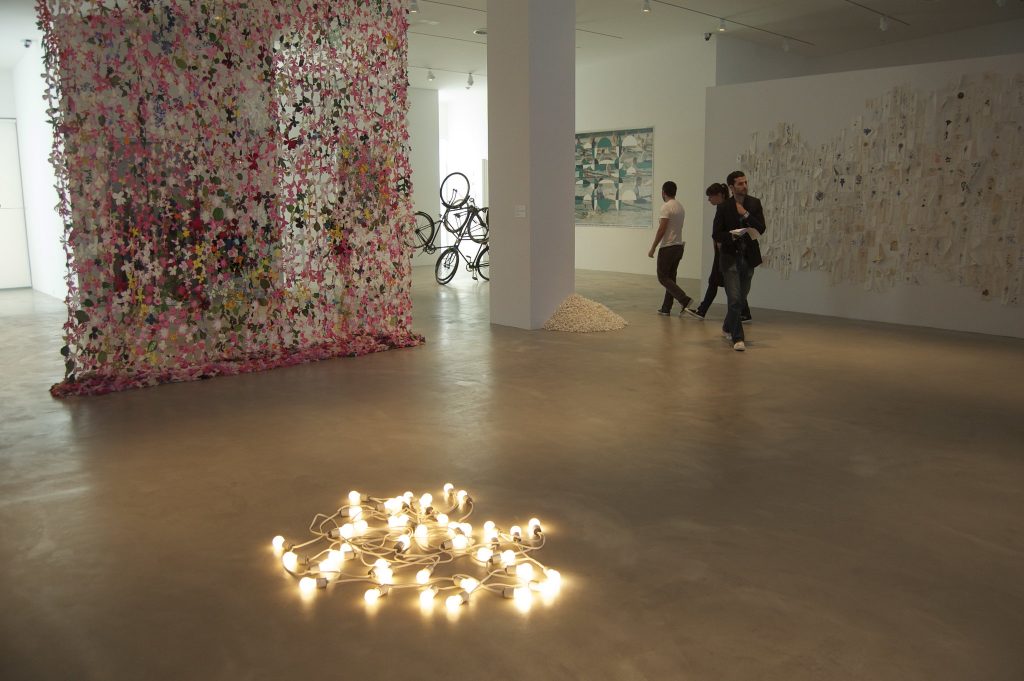
A light sculpture by Felix Gonzalez-Torres at the de la Cruz collection in 2011, with pieces by Jim Hodges in the background. Photo by Andrew Russeth.
Mendieta and Gonzalez-Torres were the core of the collection, said Meredith Darrow, who advised the de la Cruzes on art acquisitions from 2010 to 2019, the years when their Miami displays always seemed uncannily on trend, with one artist du jour after another on view.
“They cared deeply about the artists, and made sure the collection reflected the full practice of the artists they were interested in,” Darrow said by phone this week.
But since the pandemic, the markets of many artists in the collection—including Rudolf Stingel, Christopher Wool, Colen, Ruby, and Guyton—declined as collectors’ tastes shifted to artists of color and female artists.
Still, because the collection is so broad and deep, some artists are bound to find fresh market success. Take Dana Schutz, whose 2005 painting Gravity Fanatic the de la Cruzes bought for $278,000 at auction in November 2008, just two months after Lehman Brothers went bankrupt. When the couple resold the work in October at Phillips, it doubled that price, fetching £495,300 (about $601,000 at the time).
And so Christie’s will proceed with caution, likely offering that monumental, six-part Guyton privately while seeking new auction records for Mendieta and Gonzalez-Torres. (The auction house guaranteed some higher-value works, but not the entire collection.)
“We are really dedicated to this material,” Rotter said. “We believe in those artists. We have personal favorites among them. We want to be careful for Rosa’s legacy, for the artists’ legacy.”
Follow Artnet News on Facebook:
Want to stay ahead of the art world? Subscribe to our newsletter to get the breaking news, eye-opening interviews, and incisive critical takes that drive the conversation forward.
This post was originally published on this site be sure to check out more of their content




